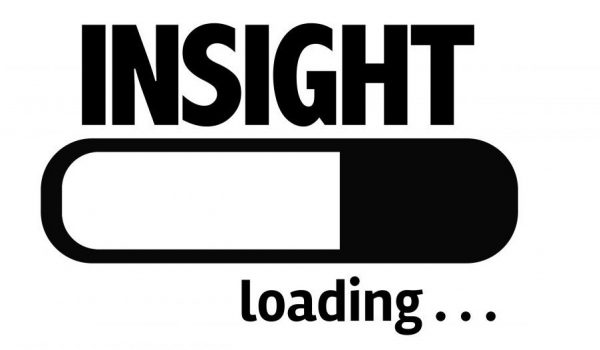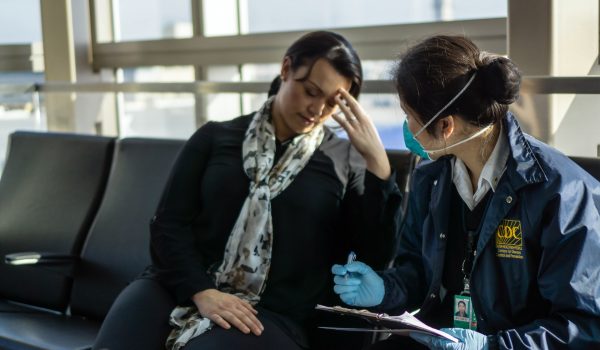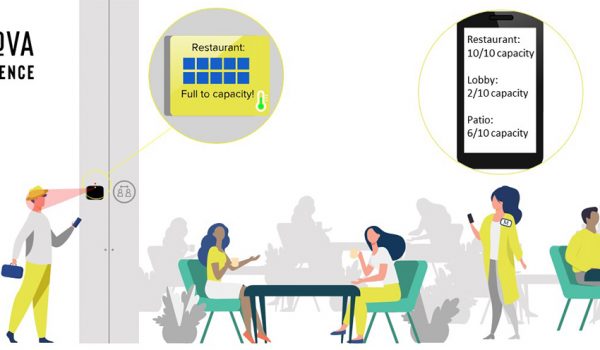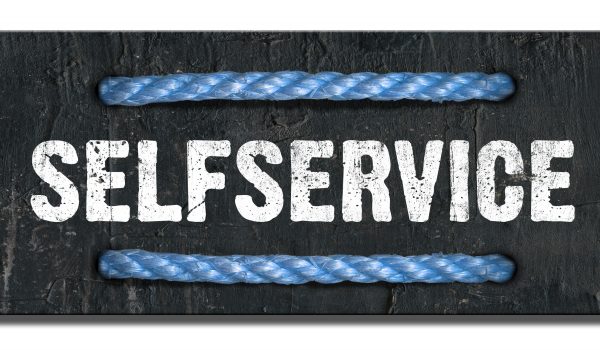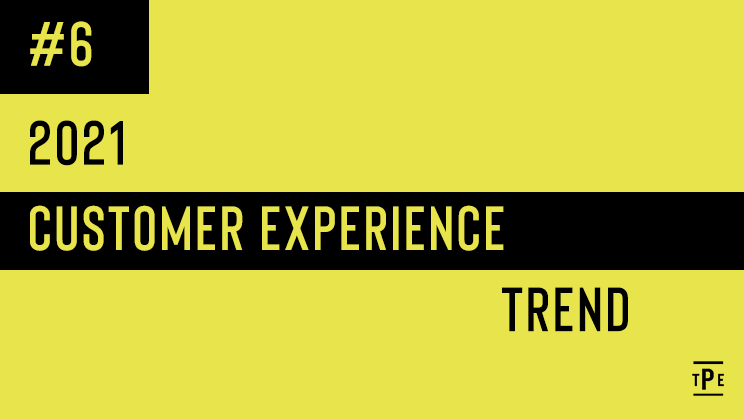
Patient Experience Trends in 2021 – Telehealth is Here to Stay
Today, we continue our series about 2021 Customer Experience trends and tactics. We take a closer look at patient experience and what telehealth means for the future. Both for patients and providers.
As we look at lessons learned last year, one thing is abundantly clear. Telehealth is here to stay. Projections are that telehealth will make up roughly 25% of healthcare by 2025.
Patients Want Telehealth
Post-COVID, 30% of patients say they prefer a physician who also offers virtual care. Going forward, patients will expect to be able to choose HOW to see their provider.
In fact, according to doctor.com, 60% of patients prefer digital scheduling to scheduling by phone. However, few providers offer an alternative to waiting on hold. And those who do tend to use third party applications that are rarely integrated fully with the EHR.
Convenience and Access to Care
In 2019, NCR reported that 51% of 223K healthcare consumers said convenience and access to care are the most important factors in decision-making. Convenience trumped quality of care for patient experience. Telehealth is one way to provide convenience to patients. It offers the choice of channel to provide care. It also offers the convenience to receive care without ever leaving your living rooms. Think about patients who are hourly employees. For them, a virtual visit may mean saving a day’s pay that would be lost traveling to an appointment.
Think about mothers. For a new mom, a virtual visit may mean getting much needed rest. With virtual care, she can manage her health from home. In fact, for many patients, the convenience of connecting with a healthcare provider from home may be the only way they can receive care.
In other words, telehealth is helping patients access doctors when they otherwise would put off visits. So telehealth helps improve patient outcomes.
Saving Money and Improving Patient Satisfaction
In addition to patient interest in telehealth, employers seem to believe that it will save them money. Otherwise, companies like Teladoc would not be acquiring companies like Livango to expand their offerings and improve their employee/patient experience.
That same phone call the patient wants to avoid costs a large healthcare system an average of $10. A solution like self-service scheduling becomes an opportunity to save money while improving patient satisfaction.
Data Challenges
Telehealth has its own challenges. Data integrations is one of them. What will it take to avoid the mistakes and unintended consequences made with the implementation of the electronic health record systems of the early 2000s? The arrival of the EHR system in US healthcare is a lone case study of automation creating the need for additional headcount. A whole new job emerged as a result of the Electronic Healthcare Record (EHR) initiative in the USA.
In other words, by removing the paper from the healthcare system, the need for digital data collection emerged. However, it seemed that, over the course of this change, the clinical workflows and patient-doctor appointment were not well thought through. Physicians had to adapt to the new, more administration-heavy world. And so, the scribe was born – a junior person shadowing doctors to enter data into the system so the physician could continue to make eye contact with the patient.
How are we going to ensure that digital health, and technology across healthcare, is implemented in a safe manner that creates operational efficiencies (read, no superfluous jobs!) and better patient outcomes?
Electronic Health Records and the Opportunity for Seamless Experiences
By now, it is clear the design of Electronic Health Records (EHR) was done without physician or patient input. Research indicates that post-launch feedback about EHRs has been largely ignored. While this is frustrating for experience designers, it is easy to understand the political and cost reasons that make this happen.
Can you imagine spending 100M to convert your paper operation to a system, only to turn around and acknowledge that it was not done right? The result? Bad user experience, lingering risks in the operation, physician burnout, and no patient satisfaction.
That means that ethnographic research, observations of the operation, and physician feedback was missing from the buildout of these centralized systems. The reason for that was the wrong trigger for implementing the electronic healthcare record at that time, namely the US Federal Government.
With the rise of consumerism and competition in the face of new disruptors , today we have the right business environment for wide adoption of digital medicine. We also have a second chance at involving the telehealth end user and building tools that improve healthcare experience both for patients and providers.
Learning from EHR Failures
If history teaches us anything, now is the time to step back and engage in cross functional conversations and ideation sessions to design the right telemedicine experience. The easiest thing for an IT professional is to create an alert with the wrong trigger, making the alert so frequent that it loses its function.
Another easy (and ineffective) move is to add another software with a new login and password to an already overloaded administrator’s list of tasks. And do not even get me started on the asynchronous telehealth and the email as another time drain for physicians and another layer of stress for patients! Those of us who have been battling with the avalanche of emails can attest to the horror that can happen if that is an additional job for someone.
Design with Empathy
It is time to break out of doing what is easy and start designing for what is best for patients and providers. All these technology tools are good. No one is saying do not move ahead with telemedicine.
What we are saying is design telehealth with intention, empathy, and care for those who will live it every day. In order to do that, remember not to assume anything.
Be curious. Go in the operation and learn each job you will be impacting intimately. Only after completing this exercise can you begin the experience design work of telehealth.
In our upcoming post, we take the next step and look at how to think strategically about telehealth. We discuss how to prioritize experience, manage virtual care transitions, and avoid mistakes of the past. Stay with us!



